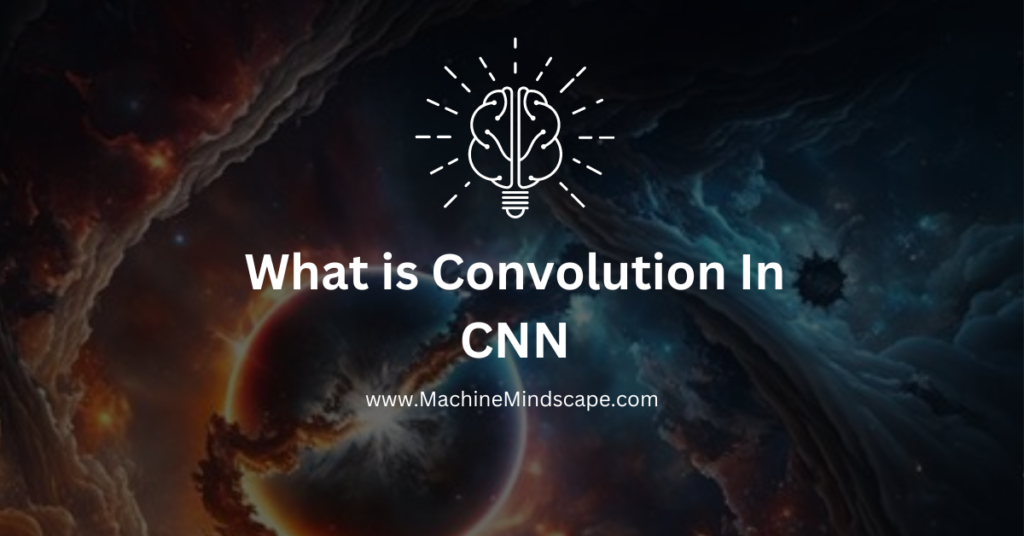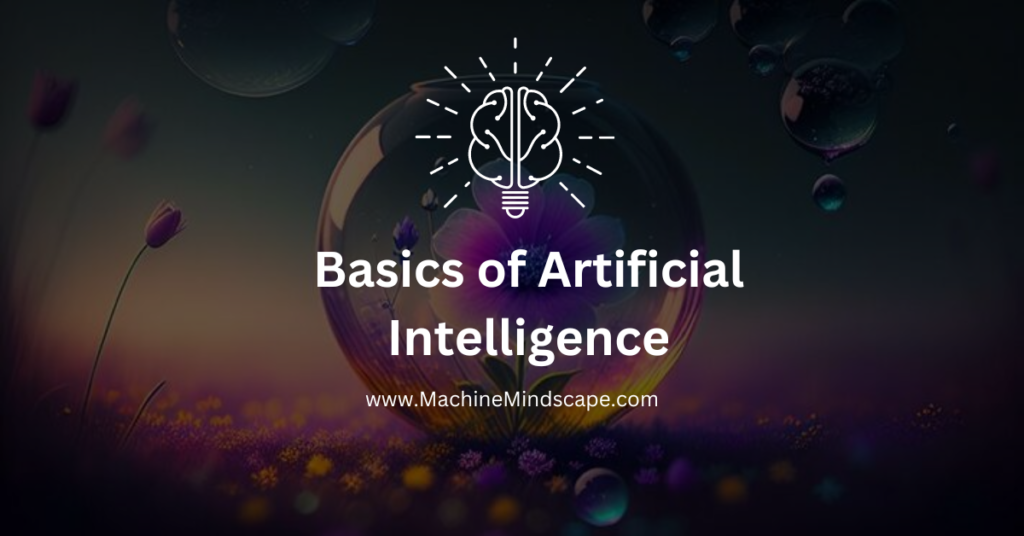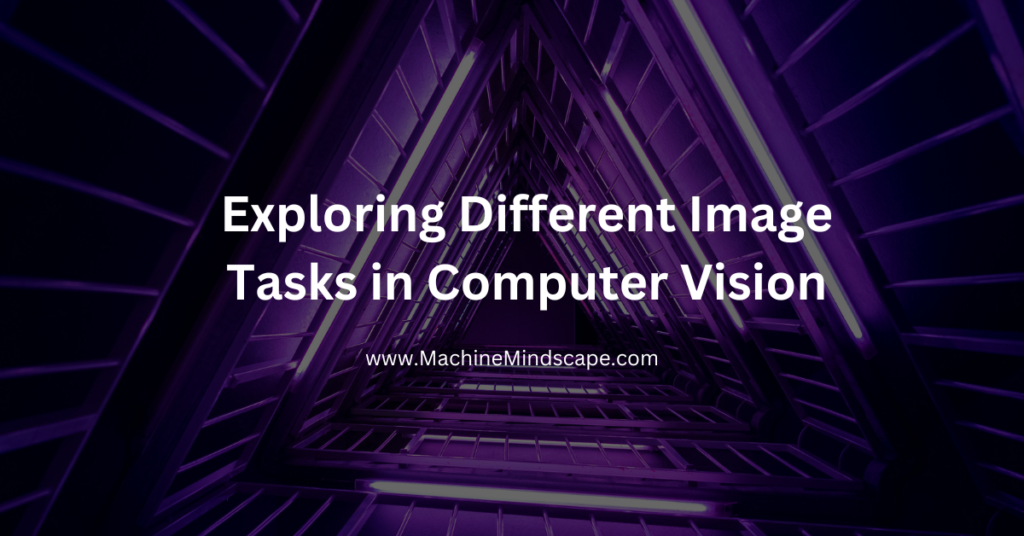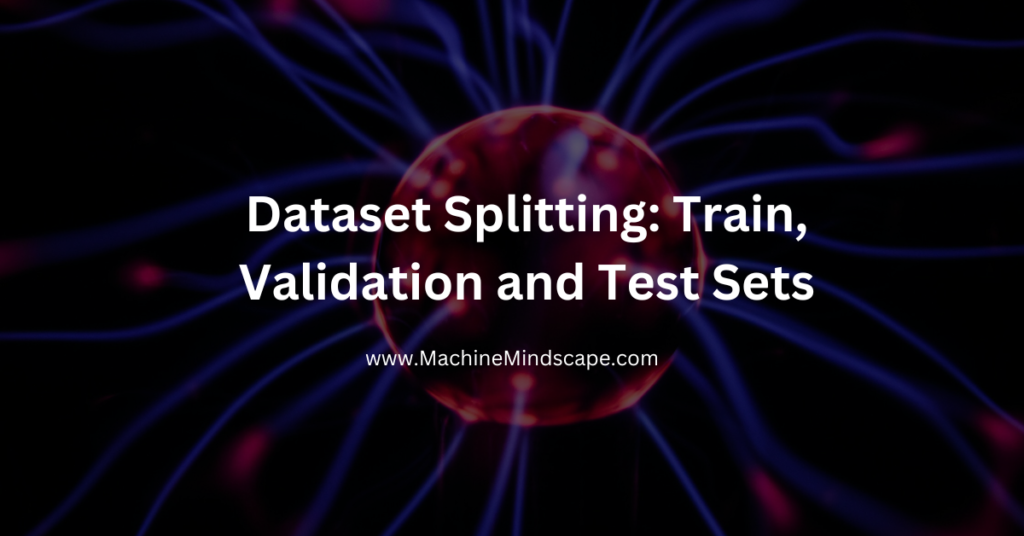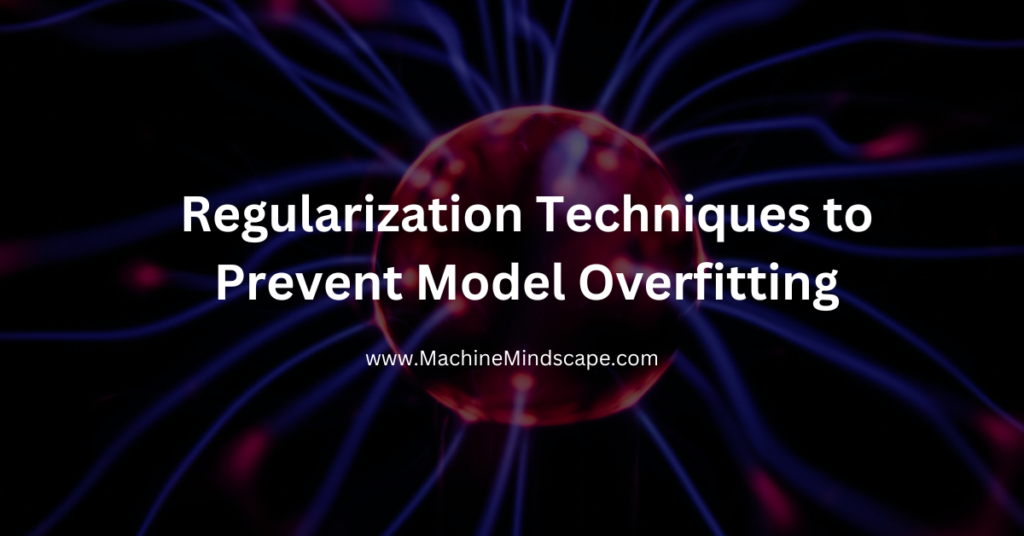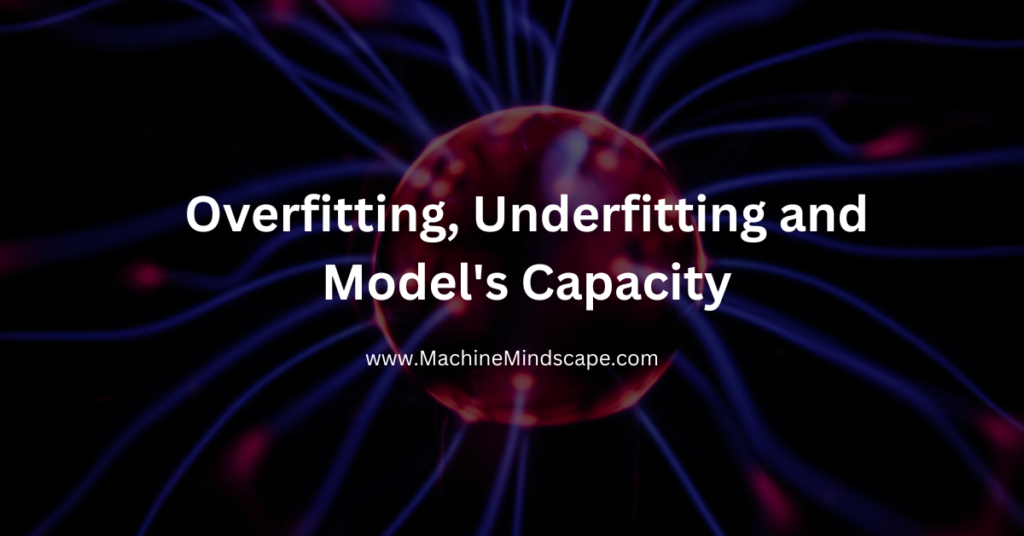One-Hot and Ordinal Encoding for Features and Labels
Features and labels are crucial in machine learning. To ensure algorithms can process data, categories must be converted into numerical formats using techniques like one-hot encoding and ordinal encoding. This post provides an overview of both methods, explaining their workings and applications
One-Hot and Ordinal Encoding for Features and Labels Read More »



